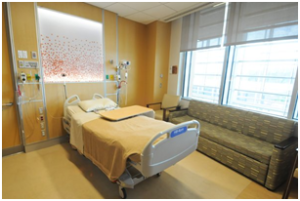I have been thinking quite a lot recently about thresholds for health care intervention. In health care, if there is a scarcity of a resource, then the threshold for intervention typically goes up and if there is an excess of a resource, the threshold of intervening goes down.
Let’s take an example; If you have an illness that responds well to antibiotics and you go to a very busy physician, she will say, “Take a full course of the antibiotic and you will be OK. “If she is not so busy, she might say, “Take the antibiotics and book an appointment in two weeks.”
Both are equally good responses but apportion the doctor’s time differently.
Because health care tends to be supply driven, when the supply goes up it always gets used, but with a lower threshold of use.
A second important idea in health care is coming to understand the consequences of a shift in population morbidity from acute infectious disease to long term chronic conditions. If someone has an acute infections disease there is usually a very clear test to see if the disease is present and a very clear protocol for responding to it. However in the case of chronic conditions the measures are often less clear and individual patients can respond differently to medical treatment.
A good example of this change is the identification of diabetes or hypertension in a patient. Here there are lots of borderline cases and a variety of responses are possible. Pharmaceutical companies have been very aware of this change and have found ways to bring medications to the supply system for lower and lower thresholds. There are now drugs available for pre-diabetic conditions, for earlier and earlier indications of possible heart disease and so on.
If we take these two ideas together then we can find new ways of thinking about waiting lists.
When waiting lists were very long in the UK, I met a doctor, while I was working there, who confided in me that when he had a patient who wanted her varicose veins stripped, he would say, “Of course. I will put you on the waiting list.” This meant to him that she would never have the procedure because the list was so long and she was at the bottom of it. This would save him from having to spend time explaining to her why he thought that the procedure would do no good aesthetically and why it was not necessary for health reasons.
Waiting lists are often managed by managing the threshold for intervention. If there was an acute problem then people would jump the queue. A study by colleagues at the King’s Fund showed that acutely ill patients had very short waits for surgical procedures. It would be interesting to see how much that has changed since then.
We have also learned that because of the change in our understanding of cancer, “watch and wait” is a good way to respond to many early detections of cancer. That is very hard for us to take, since we have been raised to think that every last bit of cancer must be eradicated form your body or else you will die. It is worth wondering how much some of these lists are part of this watch and wait way of thinking.


